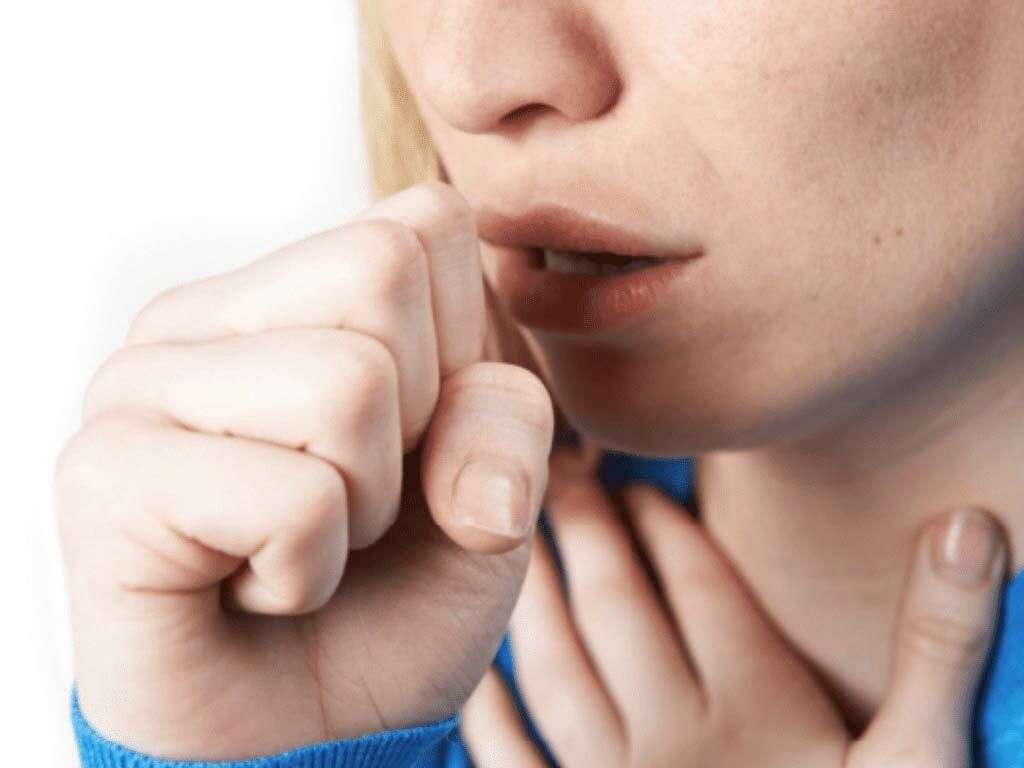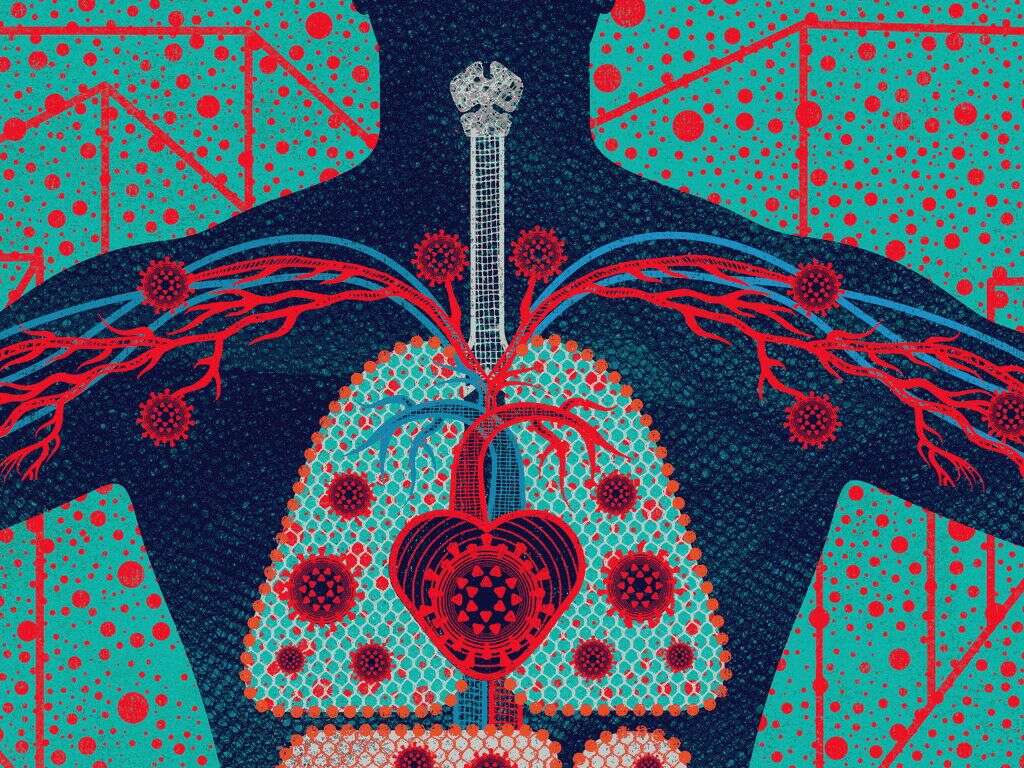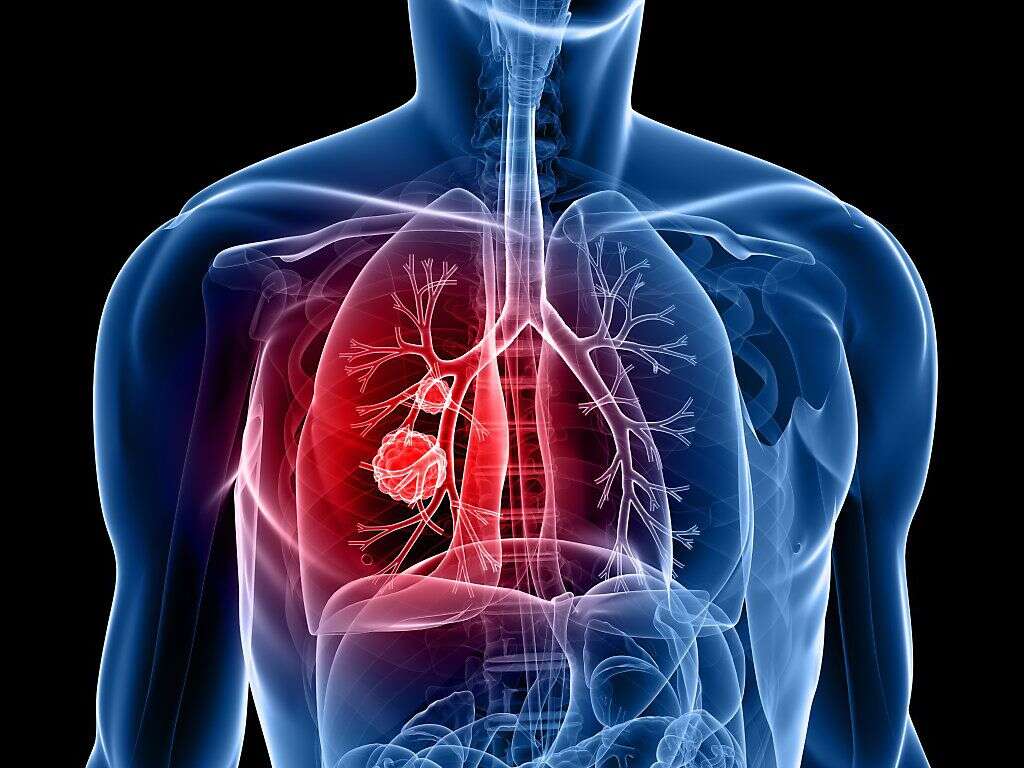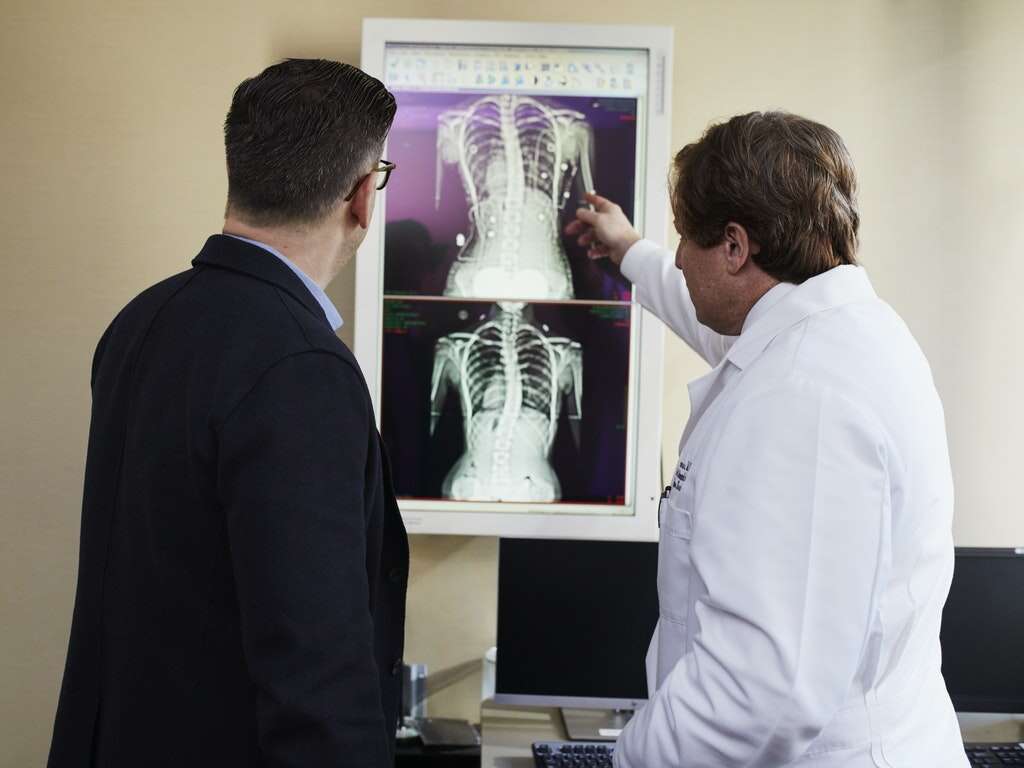10 Causes of Rib Pain
Rib pain can be dull, achy, sharp, and can have various causes. It is important to tell the physician what type of pain one experiences as it can help the doctor make a diagnosis.
Medical imaging such as an X-ray or a magnetic resonance imaging (MRI) scan can also help rule out harmful conditions. A bone scan may be necessary if there is chronic bone pain.
Treatment would depend on the underlying cause of the rib pain. It may include pain medication and a compression wrap. If the rib pain is due to underlying cancer, it may include radiation therapy and chemotherapy. Some causes of rib pain are listed below.
Cause #1: Fractures
A fracture describes a broken bone, which can range from a thin crack to a complete break. A bone fracture occurs when there is more pressure or force placed on the bone than it can support. Patients with fractures usually experience intense pain that worsens with movement. Other associated symptoms include dizziness, bruising, swelling, redness, and a visible deformity in the area.
Fractures can be classified as closed, open, complete, or incomplete. There are also different types of fracture such as compression fracture, comminuted fracture, and segmental fracture. Fractures can be caused by trauma, falls, and sport injuries. Fractures can also occur in the ribs causing severe rib pain.
Cause #2: Costochondritis
Costochondritis or chest wall syndrome refers to the cartilage inflammation in the costal cartilage, which is the structure connecting a rib to the sternum. It is a common cause of rib pain often mistaken for a heart-related condition.
Costochondritis can cause issues such as pain and tenderness that are often worsened with physical activity, coughing, and deep breathing. The symptoms are often similar to a heart attack. It is important to note that all chest pain should be considered a medical emergency until threatening issues are ruled out. Treatment options are limited and usually involve rest and pain medication.
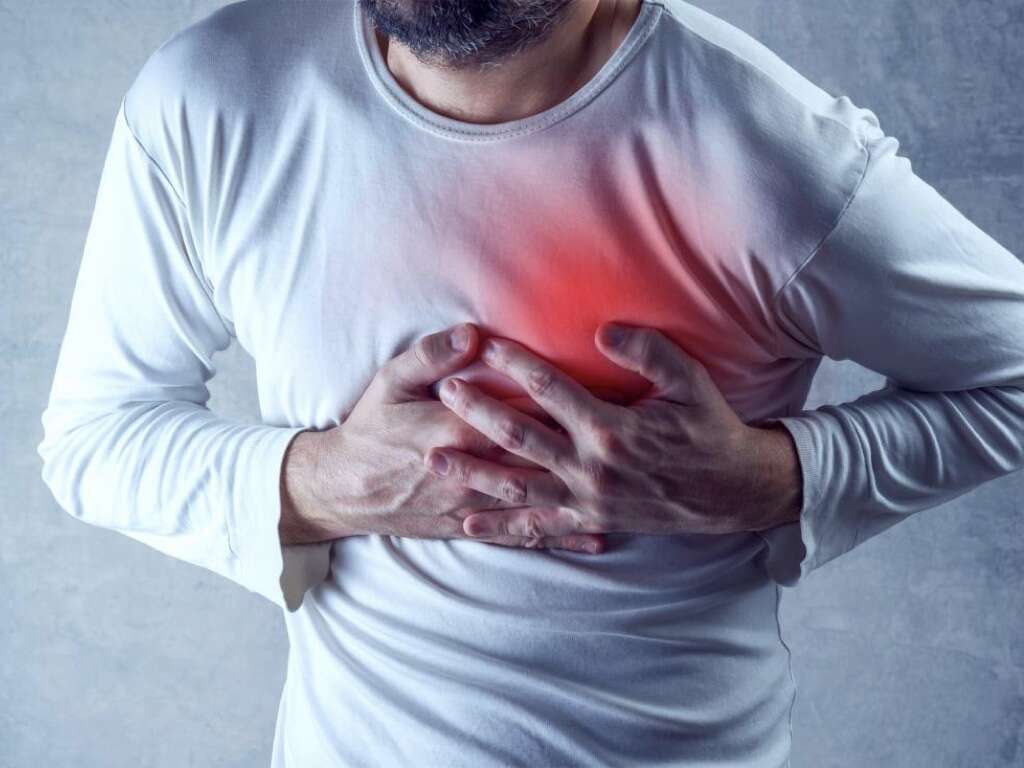
Cause #3: Bronchitis
Bronchitis refers to inflammation of the bronchi resulting in wheezing, coughing up mucus, chest discomfort, and shortness of breath. Ongoing coughing and wheezing can lead to rib pain. Bronchitis can be divided into acute (less than three weeks) or chronic. The majority of cases (more than 90 percent) are due to a viral infection that spreads through direct contact or through the air.
Risk factors of bronchitis include air pollution, exposure to dust, and tobacco smoke. Treatment involves paracetamol (acetaminophen), nonsteroidal anti-inflammatory drugs (NSAIDs), and rest.
Cause #4: Exercise
Exercise is an activity performed to maintain health, fitness, and well-being, prevent aging, increase growth and development, help with weight loss, and improve athletic skills, among others. Too much exercise can be harmful as it causes damage to the muscles and other connective tissues.
It is recommended that those new to exercise should start gradually and increase their exercise with time. If performed excessively, exercise can lead to musculoskeletal pain such as rib pain. The recommended amount of exercise per week for adults is 150 minutes of moderate activity or 75 minutes of vigorous exercise.
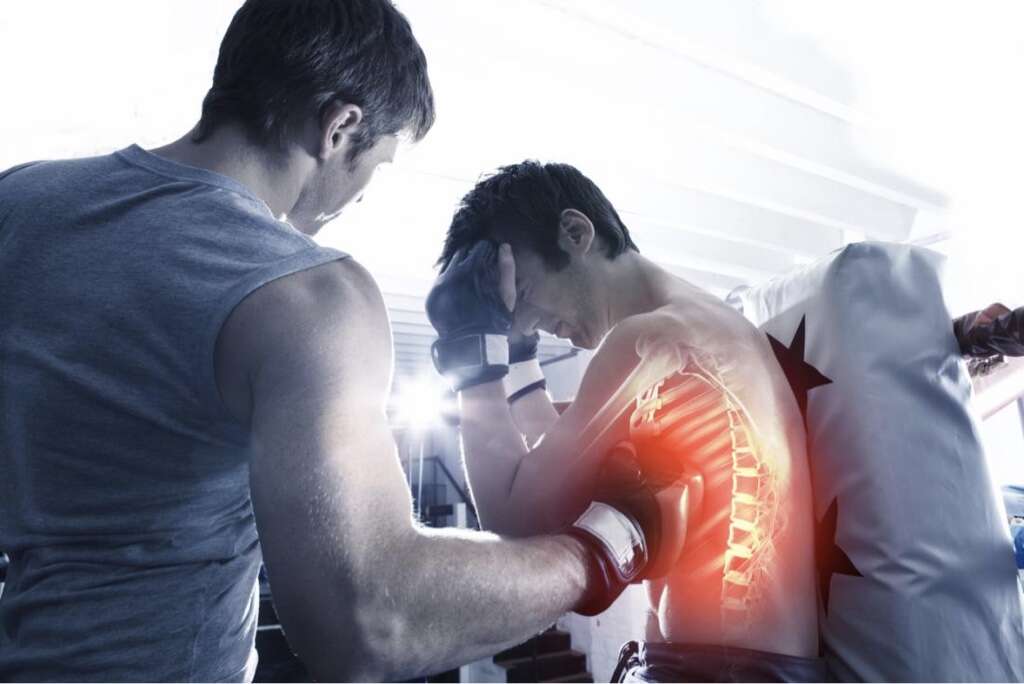
Cause #5: Contusion
A rib contusion or a bruised rib can take several days to weeks to heal depending on the severity. It can cause severe pain during breathing and can affect lung health. There may also be visible swelling and bruising. It happens due to trauma, road traffic accidents, and falls.
It can usually be managed with over-the-counter pain medication, rest, application of ice packs, and possibly a nerve block if necessary. An ice pack applied over the injured area every 1 to 2 hours for 15 to 20 minutes can help with pain relief and swelling.
Cause #6: Pleurisy
Pleurisy or pleuritis occurs when there is inflammation of the pleura (membranes lining the chest cavity and surrounding the lungs). It can cause symptoms such as pain during breathing, weight loss, fever, shortness of breath, and cough.
Pleurisy can be caused by pulmonary embolism, pneumonia, lung cancer, autoimmune disorders, heart surgery, pancreatitis, asbestosis, or trauma. In some cases, the cause may be unknown. The symptoms occur due to the rubbing together of the pleurae instead of normal smooth gliding. Treatment usually involves pain medication, incentive spirometry, and rest.

Cause #7: Osteoporosis
Osteoporosis is a condition where the bone is weak, which increases the risk of a broken bone. The bone is weak as there is decreasing density of the bone. Among the elderly, it is the commonest reason of broken bones. Common bones that break are those in the forearm, hip, and vertebrae in the spine.
Symptoms are usually absent until a broken bone occurs. This includes pain and inability to move. Bone loss may occur due to lower levels of estrogen, anorexia, hyperthyroidism, alcoholism, kidney disease, and removal of the ovaries. When osteoporosis affects the ribs, it may cause fractures that lead to rib pain.
Cause #8: Metastatic Lung Cancer
Lung cancer or lung carcinoma refers to a malignant growth in the lung tissues. Metastasis occurs when the growth spreads beyond the local tissue into other parts of the body. Most cancers in the lung are known as carcinomas. The two main types are non-small cell lung carcinoma and small cell lung carcinoma.
Patients with lung cancer often experience hemoptysis, coughing, shortness of breath, weight loss, chest pain, rib pain, and more. When the ribs are affected by metastasis, it can result in rib pain. About 85 percent of cases are due to long-term use of tobacco.

Cause #9: Systemic Lupus Erythematosus
Systemic lupus erythematosus (SLE) is an autoimmune disease where the immune system attacks the body. Symptoms can range from mild to severe such as hair loss, swollen joints, painful joints, chest pain or rib pain, fever, mouth ulcers, lymphadenopathy, tiredness, and rash on the face.
SLE is thought to be due to a combination of both environmental and genetic factors. Risk factors include vitamin D deficiency, female sex hormones, smoking, sunlight, and some infections. Although there is no cure for SLE, treatment that helps improve symptoms include corticosteroids, NSAIDs, hydroxychloroquine, immunosuppressants, and methotrexate.
Cause #10: Chronic Myeloid Leukemia
Chronic myeloid leukemia (CML) is cancer of the white blood cells characterized by unregulated and increased growth of myeloid cells. CML can be treated with tyrosine kinase inhibitors, which increase the long-term survival rates.
CML occurs in 15 to 25 percent of adult leukemias or 14 percent of all leukemias. Patients with CML can present with an enlarged spleen, weight loss, appetite loss, fever, night sweats, petechiae, bleeding, and ecchymosis. There may also be rib pain on the left side or below the ribs due to an enlarged spleen.




